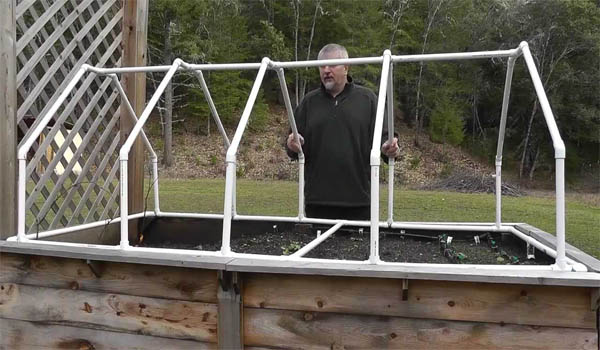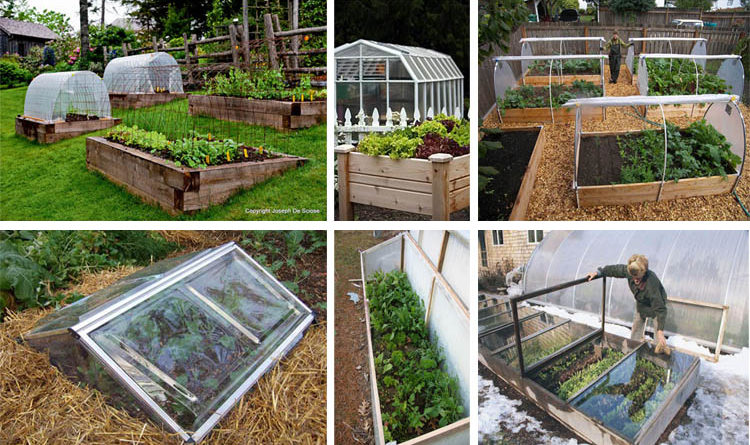Top 10 Winter Vegetable Garden < Growing Guide >
Preparing Your Vegetable Garden for Winter is a major challenge. Every gardener probably has a different version of the “best” way to prepare a backyard garden for the winter.
One of the latest developments in our culture’s popular revival of backyard food production is winter vegetable gardening. While homegrown tomatoes in January are still a bit of a fantasy for most of us, you can grow a wide array of cold tolerant crops with a degree of effort and plan not much greater than that given to warm season gardens. These few tips will provide some insight into what it takes to fill in the calendar with backyard produce in the not-so-dead of winter.
Winter Vegetable Garden !!!
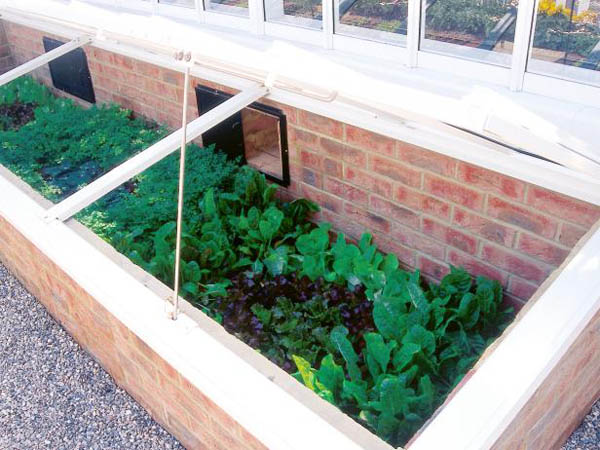
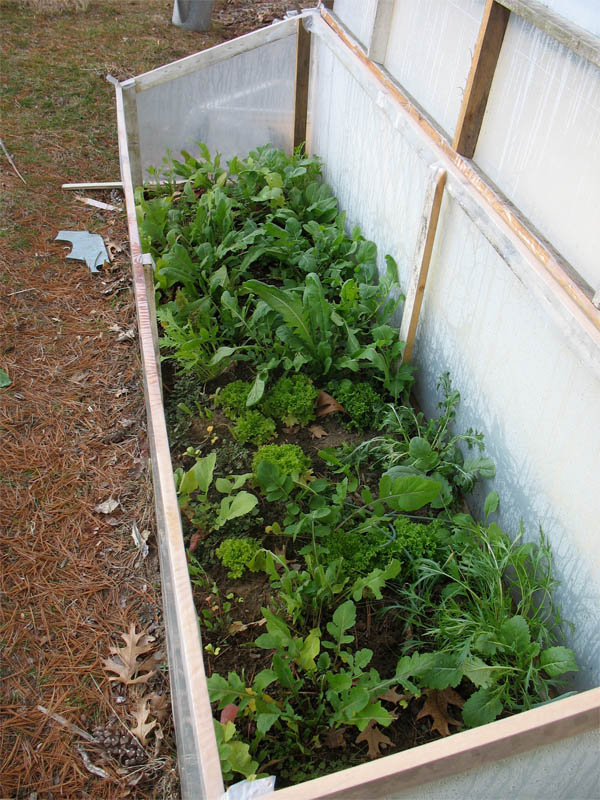
Provide a Good Environment
As is always the case with gardening, winter vegetable production starts with the garden plot itself. Now that the leaves are off the trees, and with the changed angle of sunlight, the summer garden spot may or may not provide enough sunlight.The minimum requirement is 6 hours of direct sunlight, although more is better. Soil will absorb heat while the sun shines and radiate that warmth to the plants once the sun is down.

The soil must provide a good balance of moisture retention and drainage. The plot should have lots of compost incorporated prior to planting. Many formulations of fertilizer that work wonders in warm weather are not effective in winter. Compost helps provide good soil structure, and also provides plant food in a way that makes it available as the crops require.
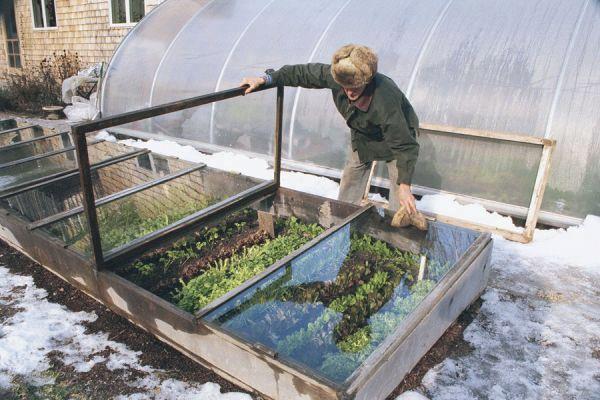
Keep the Soil Warm
The coldest-hardy crops will benefit from the relatively warmer soil. A few extra degrees can make a huge difference on the margins of not only life and death, but also growth rate: the longer the plant grows without stopping, and the quicker it starts growing again. Keeping the soil insulated will help with this effort. Black plastic mulch attracts the sun’s heat to maintain a warmer soil temperature. Unfinished compost provides its own heat as it continues to decompose, and so it makes a good winter mulch.
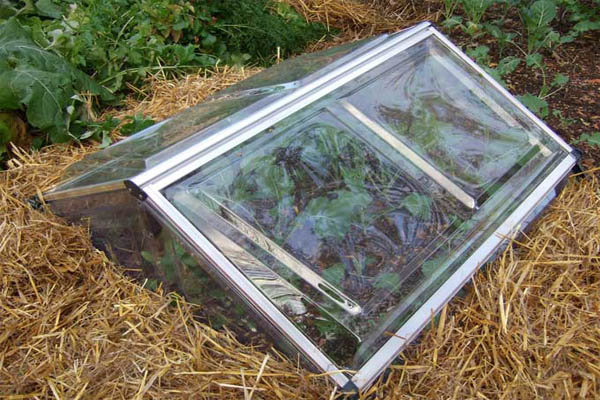
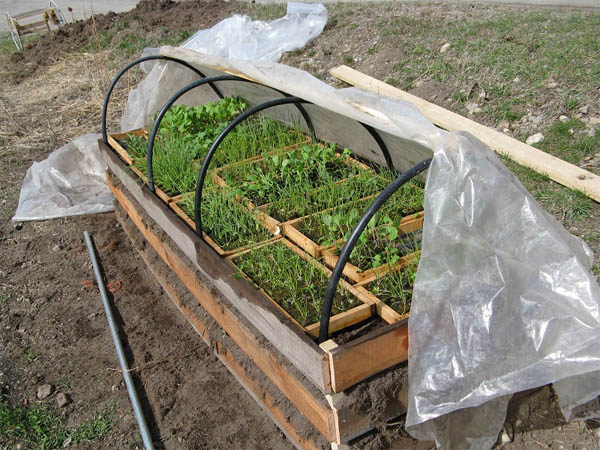
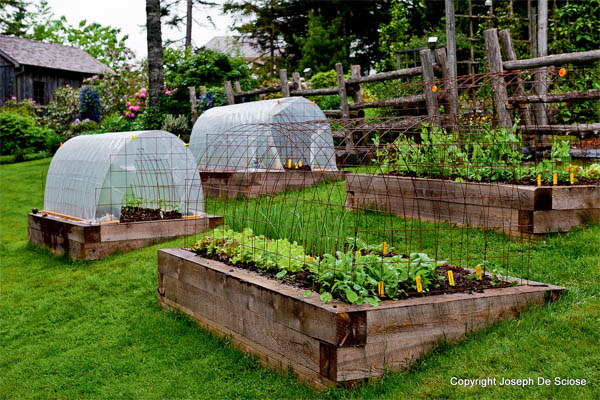
Put a Lid on It
Wait as long as possible to cover the tops of winter crops. Some cold exposure is good for flavor, and the exposure to the elements provides great air circulation and free water when it rains. A little cold also helps to harden the plants off for the winter to come. When the forecast is for consistent freezing temperatures or frozen precipitation, that is your cue to put a lid on it. With mulch already in place, this can be as simple as a row cover in a mild climate where the weather will shortly warm. In areas with longer, colder winters several winter-long options are available.
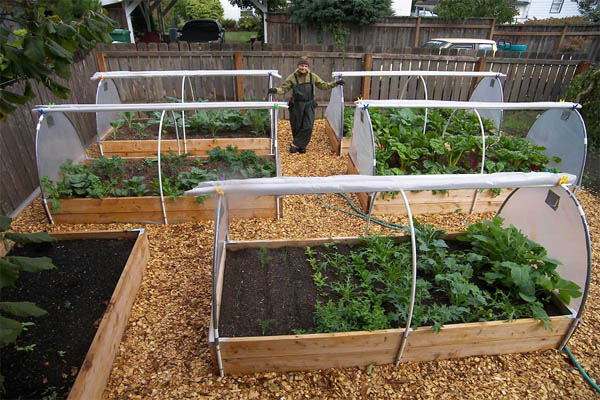
Cold frames are rigid frames, usually made of wood and plastic or glass, that act like miniature greenhouses. Normally they are above ground, however, when dug into the ground they obtain more consistent temperatures. The cold frame is traditionally used for long term crop production through the winter. The hot bed is a good way to start seedlings in late winter before it is warm enough to transplant them into the vegetable garden.
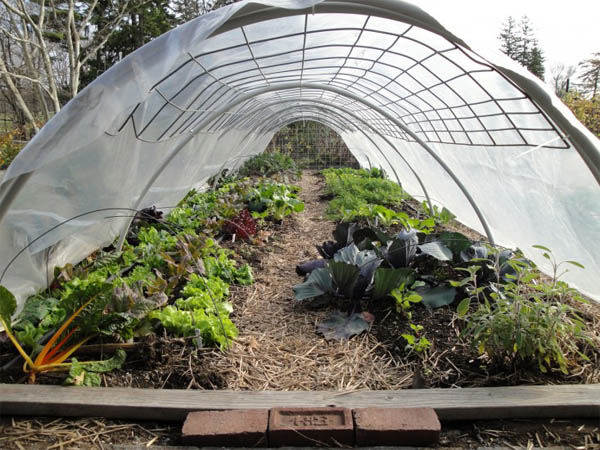
Tunnels are unheated greenhouses constructed over the garden beds. They provide similar benefits as cold frames but serve much larger areas. A practical, inexpensive way for homeowners to do this is by bending PVC pipes over the garden bed, framing in the ends (one with a door), and covering this framework with UV resistant plastic.
